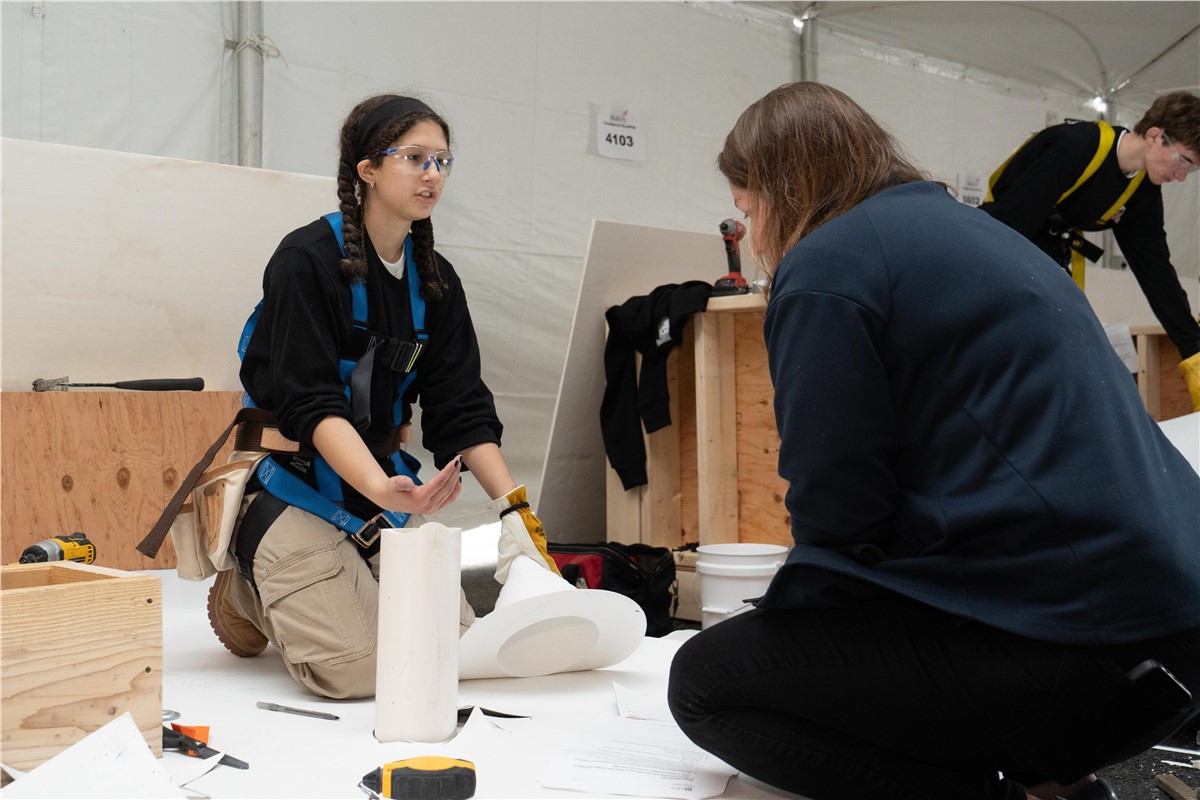
Secondary Water Barrier
A secondary water barrier is a backup system installed directly to the plywood roof deck to prevent water intrusion into your home. During a hurricane, the primary roof covering and underlayment could be blown off, exposing the home to driving winds and rains. In such cases, a secondary water barrier protects your home’s interior even from the heaviest of downpouring rains.
The secondary water barrier is made of a rubberized, self-adhering, self-sealing polymer-modified material with peel and stick underside. This material adheres directly to the roof surface and forms a seal around nail penetrations. The secondary water barrier remains intact...unless the whole roof deck blows off, which is rare!
A roof deck which is completely covered by a secondary water barrier can be left exposed for up to 120 days without the worry of damage by UV rays. The State of Massachusetts made it a requirement for all new construction, additions, and roof replacements because of how effective material is at preventing water leaks.
Roofing Underlayment
The roofing underlayment is an often-unseen yet important part of a roofing system. The underlayment is a water-resistant material installed onto the roof deck to protect it from water intrusion. It’s applied under other roofing materials to provide an added layer of protection in case the outer roofing materials suffer failure. There are three main types of underlayment options available today:
- Non-bitumen synthetic underlayment
- Asphalt-saturated felt
- Rubberized asphalt underlayment
Your shingles are the first line of defense as they withstand wind, reflect sun’s rays, and block precipitation. But they can’t withstand some seriously extreme weather. Underlayment serves as a moisture barrier and provides extra protection.
Differences Between the Two
What’s the difference between the secondary water barrier and the underlayment? The secondary water barrier is designed to form a watertight seal around the nail penetrations to prevent water from seeping down the nail shaft into the roof below. Underlayment, on the other hand, forms an all-over protective barrier to put between the roof deck and roofing material. However, they’re both good to have for protecting your roof from water damage.
Trust the experienced roofing professionals at Red Dog’s Roofing with the correct installation of underlayment and secondary water barrier in Central Massachusetts or the greater Sarasota area. We pay attention to detail and want to protect you and your property. Contact us today for more information or to schedule a free estimate or service request.
Subscribe to Red Dog's Roofing's Blog





Comments